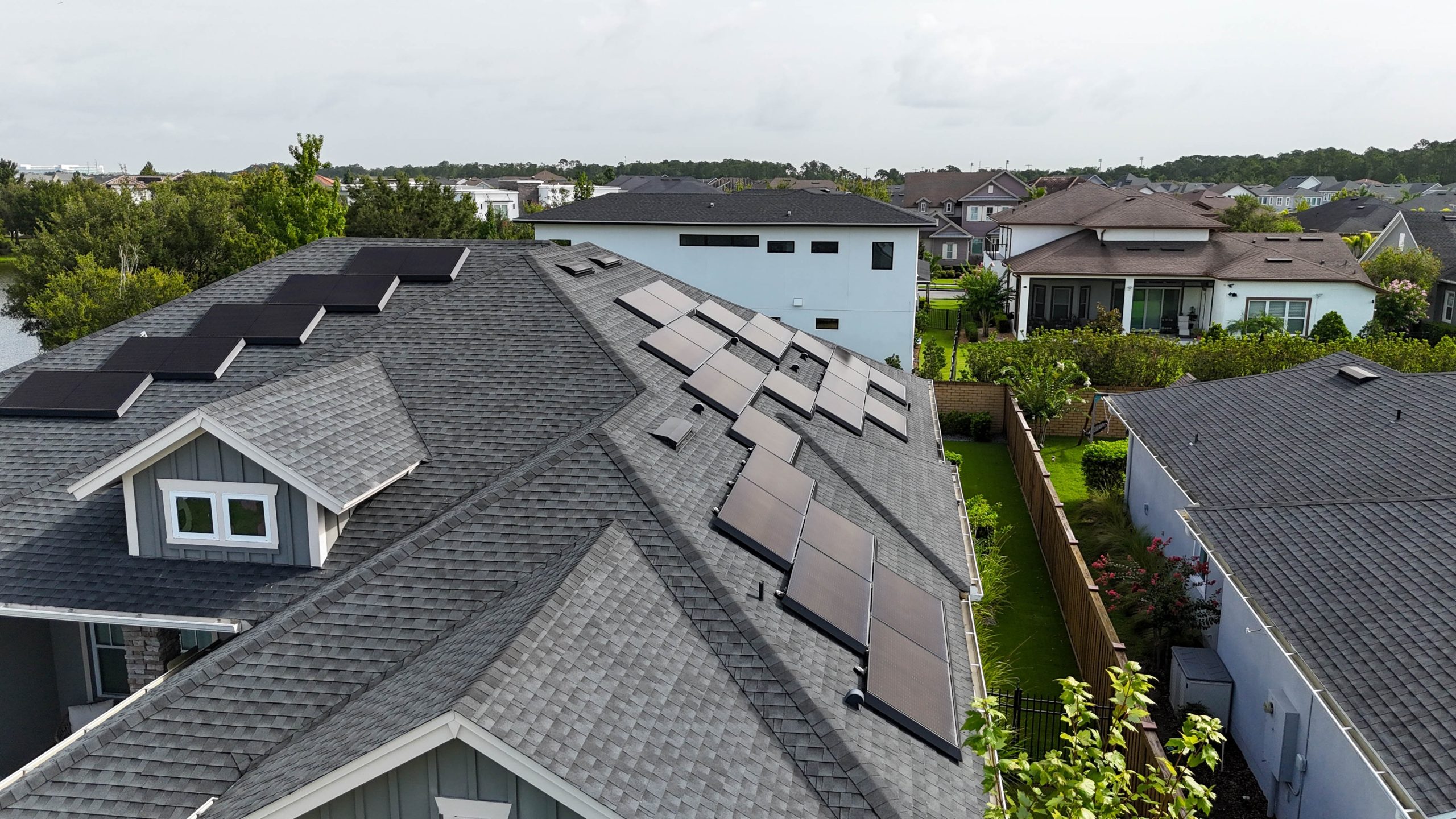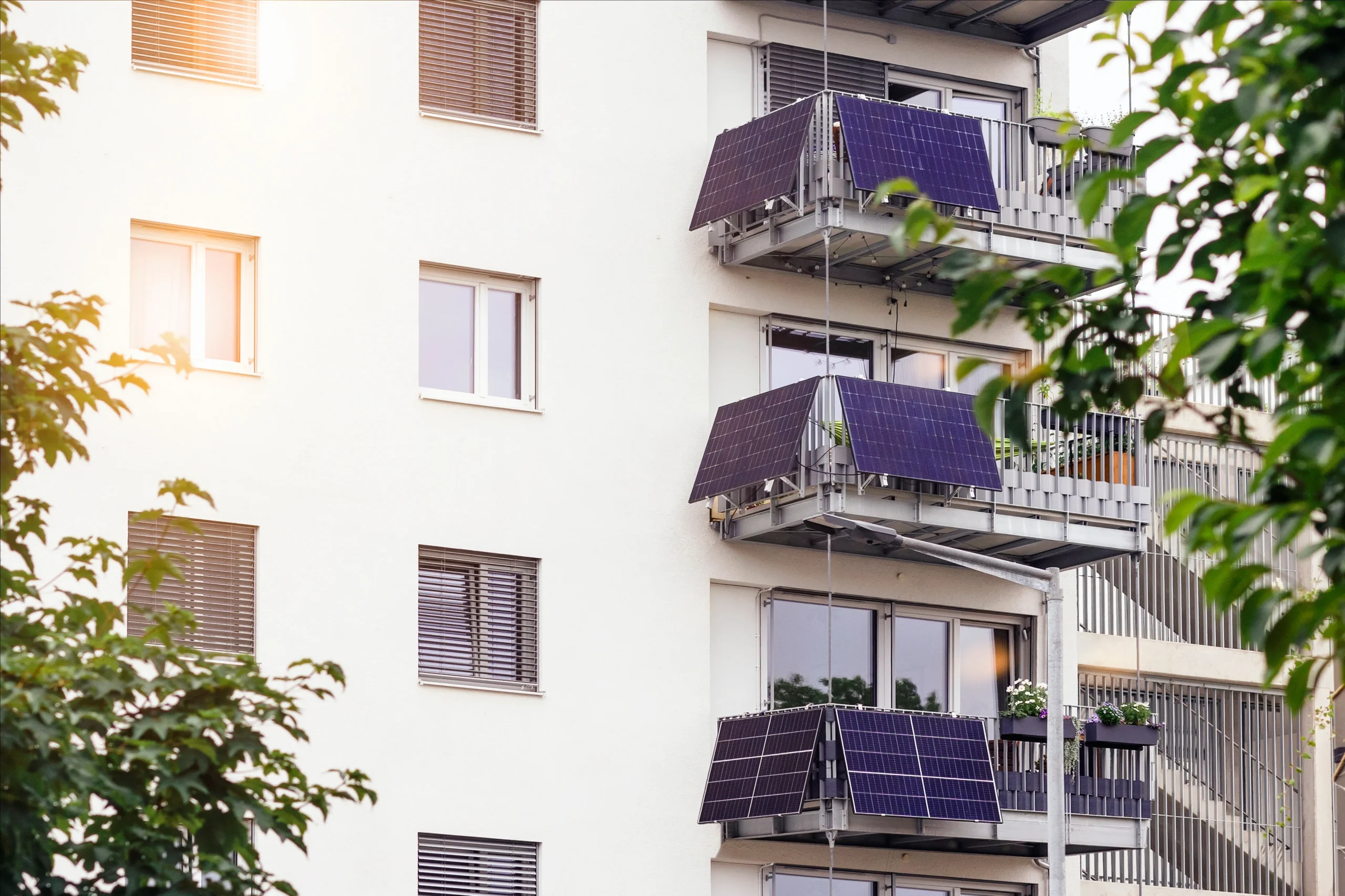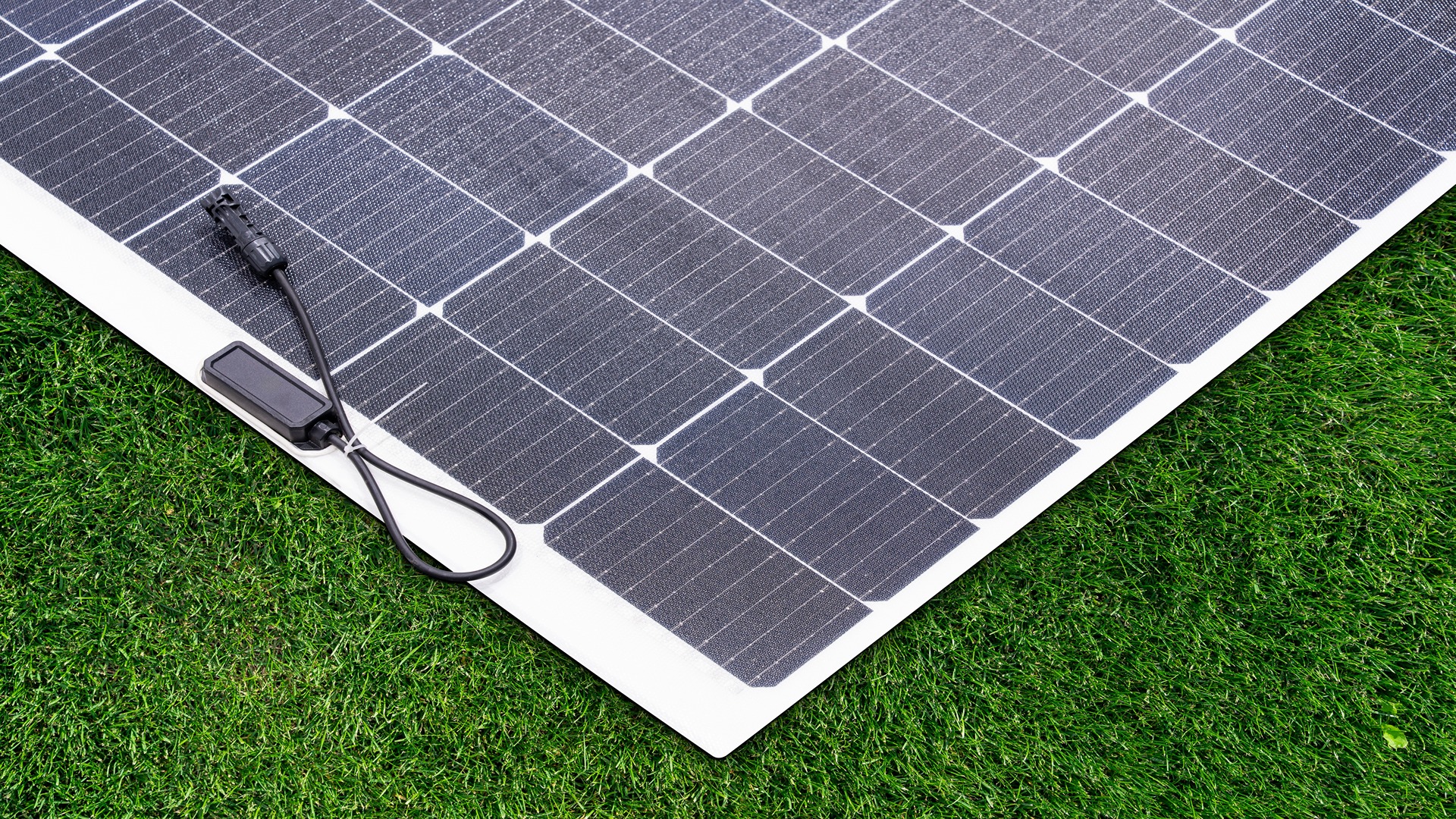7 Innovative Solar Technologies Emerging in Chicago
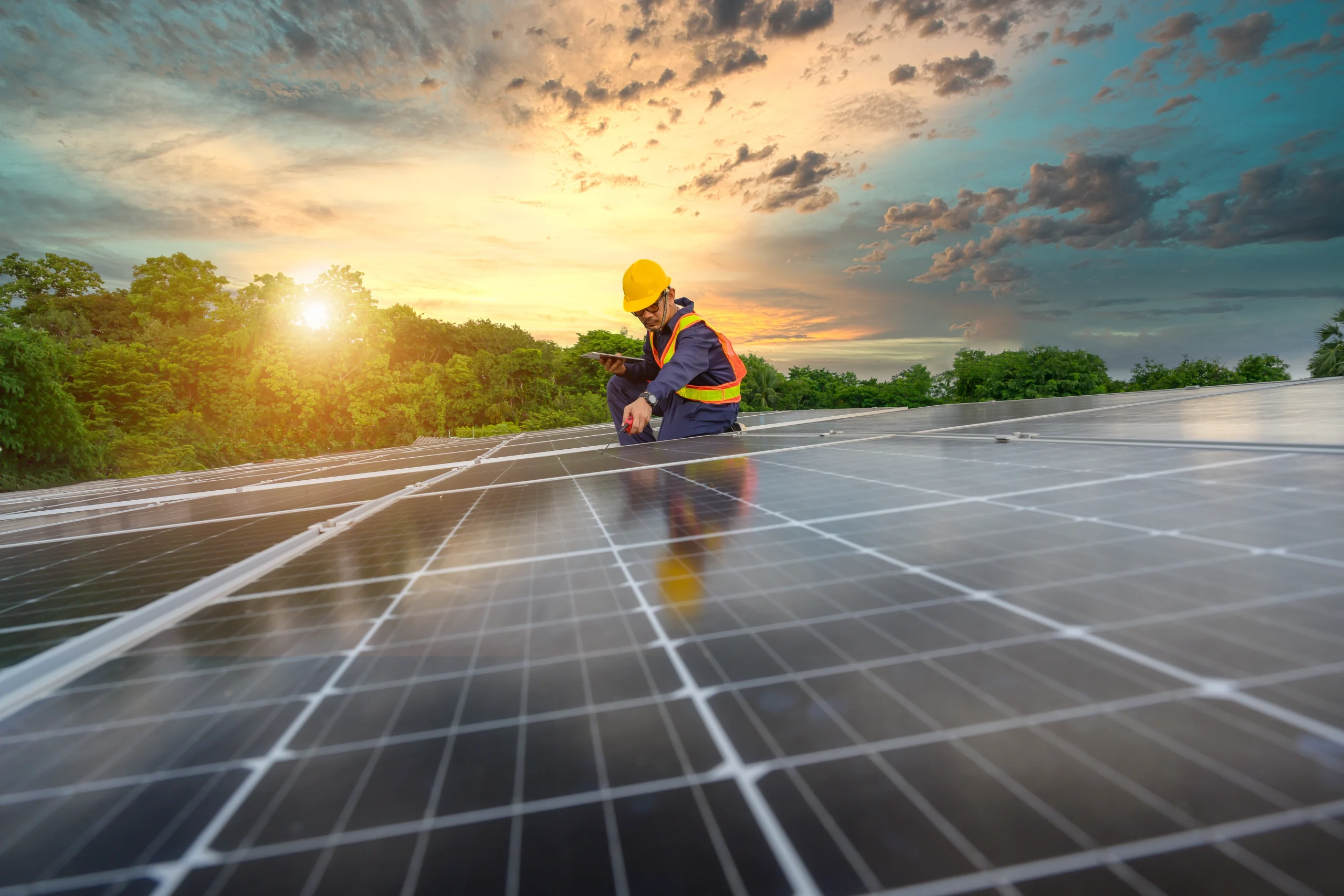
Is solar technology improving? Solar energy & new technologies are developing rapidly all over the world. The same trend has been noticed in the United States. Many states are planning a complete switch to clean energy produced by solar power plants in the coming decades.
A combination of government incentives, lower installation costs, and growing interest in renewable energy sources have fueled the solar industry market to grow at an average annual rate of 24%. The emerging trends and innovations indicate the industry will continue growing in the U.S. and globally.
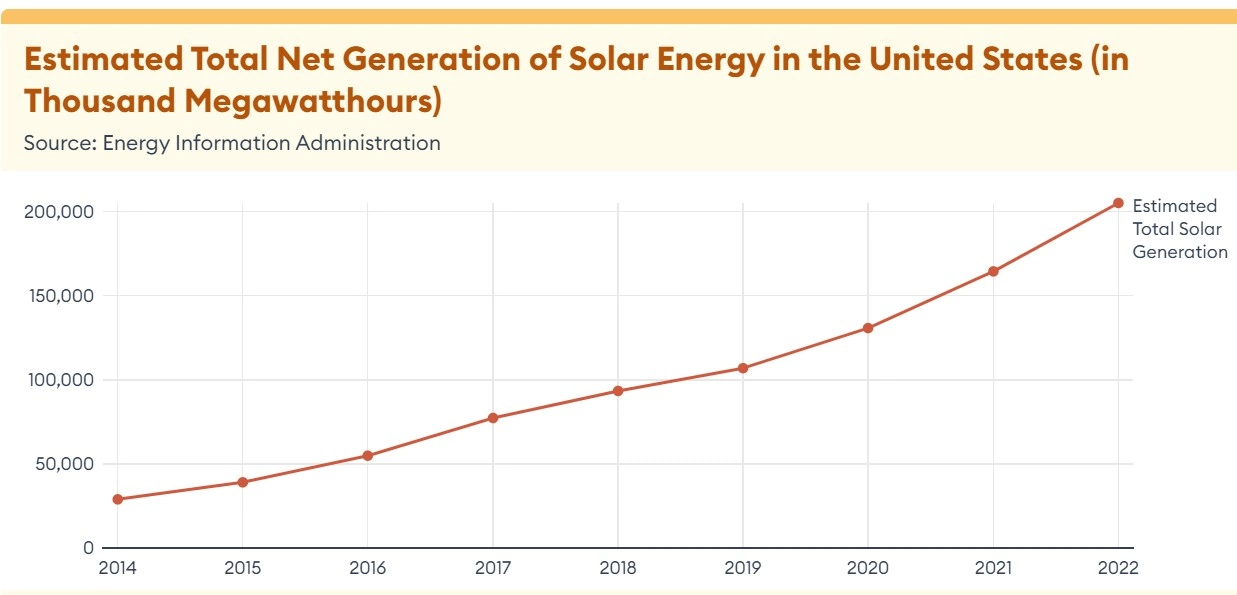
Technological advancements such as advanced materials, new types of panels, and alternative locations for their deployment will accelerate the transition to clean energy. In this article, we look at innovations in this area and the specifics of their implementation.
Looking to implement new solar panel technology in Chicago? Don’t waste another second—get your free solar quote right away!
Latest Solar Panel Technologies 2025
If you check solar technologies reviews, you’ll learn why innovation is important and how it impacts the industry.
1. Bifacial Solar Panels: Enhancing Energy Production
The latest solar cell technology is gaining popularity – bifacial solar panels that capture light from both sides. New solar tech allows for increased energy production due to their higher output.
The ability of double-sided panels to absorb light from different angles, including light bouncing off the ground or other surfaces, gives them an advantage in regions with reflective surfaces (snow, sand, water, or light-colored roofs).
Naturally, new solar power technologies have pros and cons. Let’s examine them in more detail.
| Advantages | Disadvantages |
|
|
The potential for bilateral solar panels remains very high. Numerous solar technology companies are actively developing and launching new modules.
2. Building-Integrated Photovoltaics: New Vision Technologies Solar
The integration of new solar panels into building materials (roofing or windows) is called BIPV technology. This method increases the aesthetic appeal of the building and expands the application of new solar power technology in urban environments.
Advantages of BIPV:
- Optimal utilization of space through building surfaces that have not been used before
- Reduced dependence on traditional energy sources
- Aesthetic integration to maintain the attractiveness of buildings
- Day lighting opportunities due to the bandwidth of BIPV modules
- Improved thermal insulation due to low emissivity coatings
- Reduction of energy costs by generating electricity and minimizing the need for artificial lighting
Transparent solar panels are a new solar technology breakthrough. Such panels can be integrated into double-glazed windows and glass wall surfaces, opening up new opportunities for energy generation.
Transparent BIPV modules are made of transparent crystalline silicon or thin-film amorphous silicon. New solar technologies allow transparent solar modules to be manufactured in customizable patterns and shapes, increasing their versatility in use.
3. Solar Tracking Systems: Maximizing Sunlight Capture
Another innovation that enables efficient use of panels for generation is single- and dual-axis solar tracking systems. These systems adjust the direction of the panels according to the sun’s movement while placing them perpendicular to the rays. This method can increase energy production by 30-40 percent.
Solar trackers provide the best possible way of capturing sunlight but have disadvantages compared to static panels. These include higher costs due to moving parts and the need for significant maintenance.
Solar trackers are also less effective in snowy weather and are particularly useful in hot, sunny climates.
Looking to implement new solar panel technology in Chicago? Don’t waste another second—get your free solar quote right away!
4. Solar & Storage Solutions: Combining Solar Power With Battery Storage
One of the latest developments is a new solar battery technology—lithium-ion and solid-state batteries— an excellent example of solar and storage solutions emerging globally. It is also a new solar panel technology in Chicago.
The integration of battery storage into power generation allows the use of battery reserves when required.
The advantages of combining storage and generation of solar energy include:
- Load balancing: Storage avoids overgeneration problems.
- Generation reinforcement: Short-term storage can ensure that rapid changes in generation do not significantly impact solar energy production.
- Ensuring sustainability: Electricity storage can provide backup power during outages.
Combining solar power with battery storage ensures the energy independence of any facility.
5. Perovskite Solar Cells: New Solar Energy Technologies
Perovskite is a class of materials with a characteristic crystalline structure. Many of them are semiconductors. They increase the availability and efficiency of solar energy.
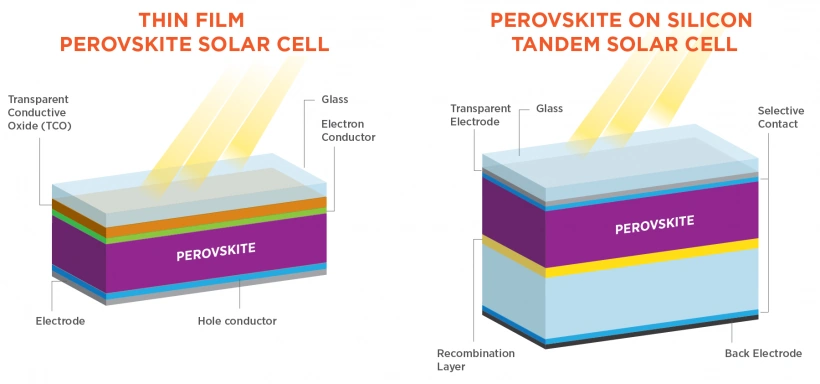
Perovskite cells are categorized as new tech solar panels with great potential as they increase efficiency and reduce the cost and weight of panels.
The main reasons why perovskites are worthy of attention are:
- Manufacturing without special high-temperature processes
- A low-cost alternative to traditional silicon elements
- It can be applied to surfaces using liquid or vapor
- Sensitivity to those photons that silicon cells cannot capture
The disadvantages of perovskites include their short lifespan, as they are destroyed by oxygen and moisture.
6. Smart Solar Inverters: Optimizing Solar Energy Conversion
The integration of smart technologies into solar systems is only gaining momentum. They are used for monitoring and optimizing energy production in real-time, improving overall efficiency.
AI algorithms can also predict energy production and consumption, enabling smarter management.
Smart solar inverters not only convert direct current to alternating current but also have in-built advanced features that allow them to:
- Optimize energy consumption
- Monitor system status
- Predict maintenance needs
An important feature of smart inverters is their integration with energy storage systems. This optimizes energy storage and allows energy to be used more efficiently.
7. Floating Solar Farms: Harnessing Solar Power on Water
In its search for new technologies for solar energy that can produce additional energy, floating solar farms were invented. Solar panels are installed on bodies of water.
This new solar cell technology has several advantages:
- Saving space on land
- Improved water quality
- Reduced evaporation
- Installing existing power stations on bodies of water
In doing so, the water cools the solar panels, allowing them to operate more efficiently.
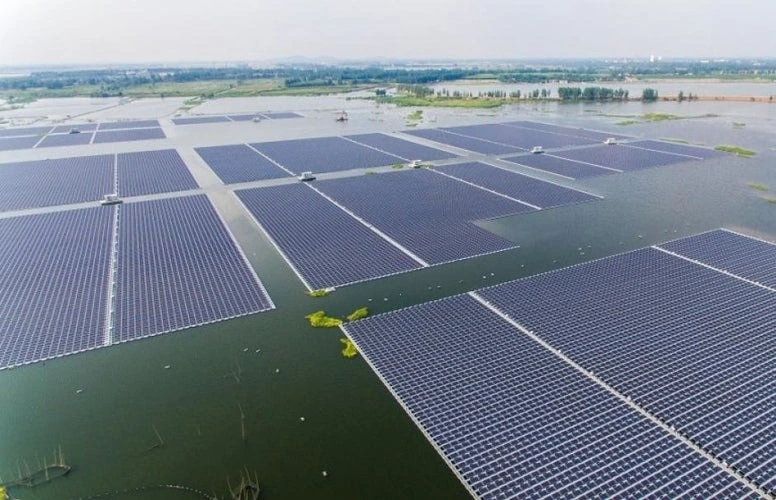
China’s largest solar floating farm is built on an artificial lake and has a capacity of 70 MW.
Floating panels have huge potential for the United States. Such farms could generate about 10 percent of a country’s electricity if installed in every available body of water.
New Solar Technology for Home in Chicago
What new solar cell technologies are being developed? Trends around the world are pointing towards integrated and intelligent solar solutions. At the same time, new technologies in solar energy are making the transition to the future more decisive and faster.
Perhaps we will soon learn about new developments and innovations that will be even more efficient than new solar panel technology in 2024.
The newest solar technology in Illinois has huge potential. Therefore, it is important for businesses to emphasize the modern use of systems in solar technology.
Looking to implement new solar panel technology in Chicago? Don’t waste another second—get your free solar quote right away!
FAQ
What are bifacial solar panels, and how do they enhance energy production?
Bifacial solar panels are an advanced form of new solar energy technology. These panels are characterized by their design and functionality. Unlike their single-sided counterparts, bifacial panels can absorb light from both sides, enhancing energy production.
How do building-integrated photovoltaics (BIPV) differ from traditional solar panels?
BIPVs function similarly to conventional solar panels. The main difference is that they are designed to be used as a building's structural material.
What are the benefits of using solar tracking systems in Chicago?
Its advantage is that it can increase electricity generation. A single-axis solar tracker provides a 25-35% increase in output, and a biaxial tracker provides another 5-10%.

